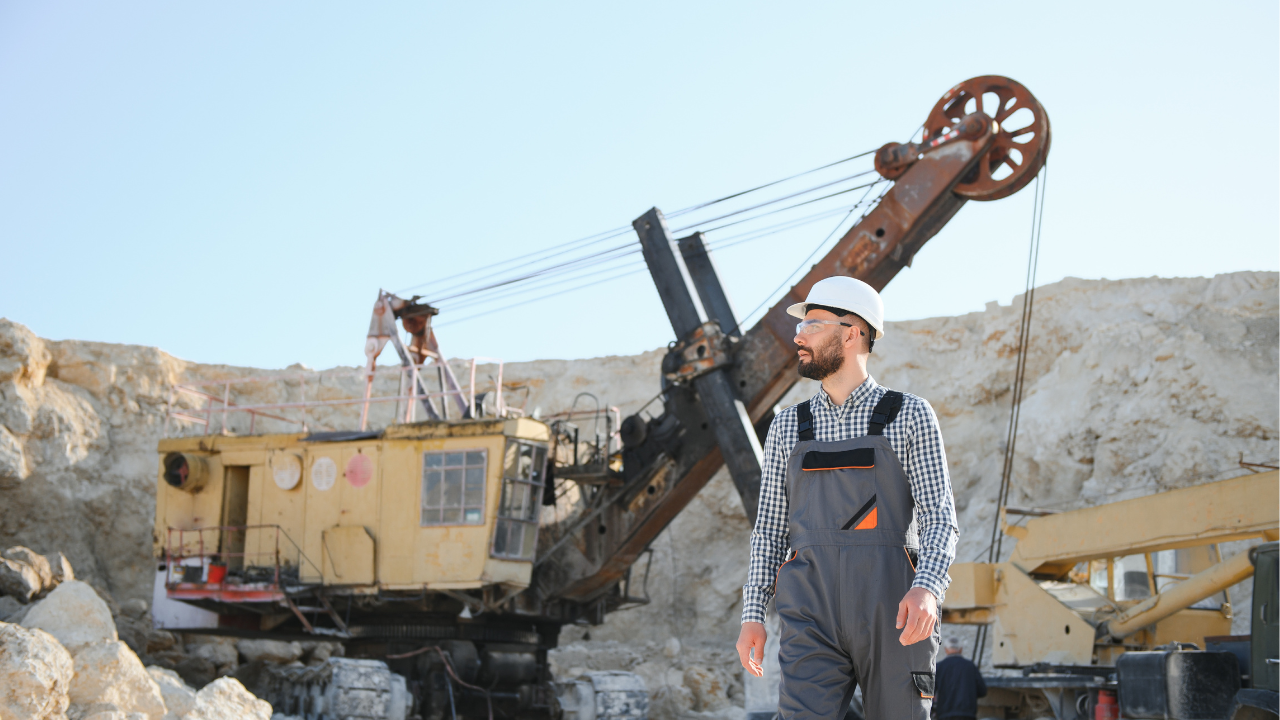Leasing your minerals rights might seem like a straightforward way to earn passive income, but the process is filled with complexities that many landowners overlook. While the thought of bonus payments and royalties is appealing, it’s essential to understand the fine print. The hidden costs—both financial and operational—can turn what seems like a great deal into a potential headache.
At Paint Rock Royalty, we specialize in helping landowners make well-informed decisions about their mineral assets. With over 65 years of combined experience, our team offers the transparency and expertise you need to avoid common pitfalls. Let’s dive into the often-overlooked aspects of leasing mineral rights and explore strategies to maximize your benefits.
What Does Leasing Your Mineral Rights Mean?
When you lease your mineral rights, you grant a company (lessee) the right to explore and extract minerals from your property for a specified period. In return, you receive compensation, typically in the form of:
- Bonus Payments: A single upfront payment provided at the time the lease agreement is signed.
- Royalty Payments: A percentage of the revenue from extracted minerals.
- Delay Rentals: Payments to extend the lease if extraction hasn’t started.
Mismanagement of these leases can lead to financial losses and unforeseen liabilities.
The Hidden Costs of Leasing Mineral Rights
1. Unstable Income from Royalties
Royalty payments depend on several variables, including market prices, production volumes, and operational efficiency. For instance, a drop in oil or gas prices can drastically reduce your income.
Example:
In 2020, oil prices dropped to historic lows due to global market fluctuations. Landowners relying on royalties faced significant income reductions. Without proper financial planning, such fluctuations can lead to instability.
2. Loss of Land Control
Once you lease your mineral rights, the lessee gains control over extraction activities. This can lead to:
-
- Environmental Impact: Possible contamination or damage to your property.
-
- Land Use Restrictions: Limited ability to develop or use the land for other purposes during the lease term.
Pro Tip:
Include clauses in your lease to minimize land disruption and ensure the lessee is responsible for restoration after operations.
3. Tax Implications
Both bonus and royalty payments are taxable, often as ordinary income. Without proper planning, you could face significant tax liabilities. Some common tax challenges include:
-
- Self-Employment Taxes: Applicable to royalty income in certain cases.
-
- Capital Gains Taxes: If mineral rights are sold instead of leased.
Tax Comparison Between Leasing and Selling Mineral Rights
| Tax Type | Leasing | Selling |
| Bonus Payments | Taxed as ordinary income | Not applicable |
| Royalties | Subject to income and possible self-employment tax | Not applicable |
| Sale Proceeds | Not applicable | Often taxed as capital gains |
4. Legal and Environmental Responsibilities
Even as a lessor, you may face indirect liabilities, especially if there are legal disputes or environmental damages caused by the lessee. Legal fees and potential legal proceedings can erode your earnings.
Why Planning is Crucial
Why is planning crucial? Proper planning allows you to anticipate challenges, negotiate better terms, and protect your interests. Here’s how you can plan effectively:
- Engage Professionals: Consult legal, financial, and tax advisors experienced in mineral rights.
- Understand the Lessee’s Reputation: Research the lessee’s track record to ensure they are reliable.
- Negotiate Favorable Terms: Demand transparency and ensure key clauses (e.g., environmental safeguards) are included.
- Review Tax Strategies: Work with a tax advisor to minimize your tax burden.
How Paint Rock Royalty Can Assist You
Our family-oriented approach ensures transparent and knowledgeable service, helping you navigate the leasing process with confidence.
Services Offered:
- Selling Mineral Rights: Receive a lump-sum payment for your mineral interests.
- Leasing Mineral Rights: Enter into agreements with attractive lease terms in prime areas.
- Consultations: Personalized guidance to help you make informed decisions about your mineral assets.
By partnering with Paint Rock Royalty, you can confidently navigate the complexities of leasing your mineral rights.
Takeaways
Leasing your mineral rights can be a rewarding venture, but it’s not without risks. By understanding the hidden costs and planning effectively, you can maximize your benefits and minimize liabilities. At Paint Rock Royalty, we’re committed to helping landowners make informed decisions about their mineral assets.
Ready to explore your options?
Contact Paint Rock Royalty today for personalized guidance. Let us help you understand why planning is crucial in your mineral rights journey.
Frequently Asked Questions
What are the advantages of leasing mineral rights?
Leasing allows you to retain ownership of the land while earning income through bonuses and royalties. It’s ideal for landowners who prefer long-term income rather than a lump sum.
Can I negotiate lease terms?
Yes, lease terms are negotiable. Key areas to focus on include royalty rates, environmental protection clauses, and the duration of the lease.
What happens if the lessee damages my property?
Most leases include clauses that make the lessee responsible for property restoration. However, it’s crucial to review these clauses with a legal expert.
Is selling better than leasing?
It depends on your financial goals. Selling provides a lump sum, while leasing offers ongoing income. Consulting with experts like Paint Rock Royalty can help determine the best option for your situation.




